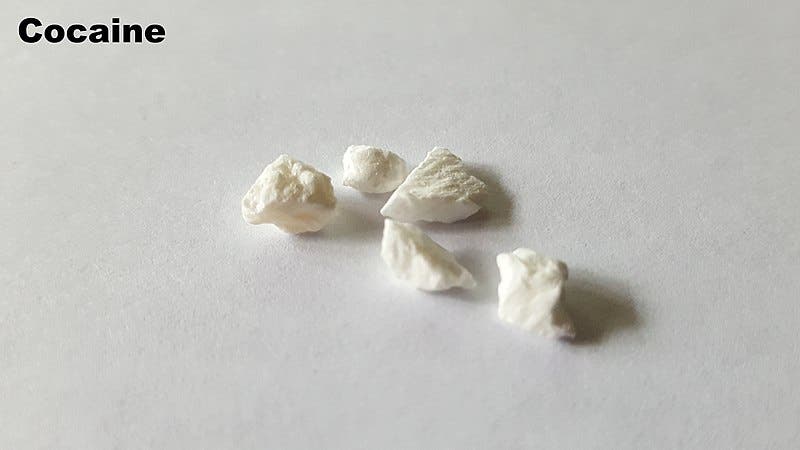
Cocaine is one of the most commonly used (and abused) plant-derived drugs in the world. But even before cocaine reached peak glamour in American culture in the 1980s, the natives that occupied modern-day Bolivia, Peru, and Columbia had been using the coca plant as a medicine for well over 8,000 years, chewing the leaves to improve mood, suppress appetite, or as an anesthetic.
But despite the wide appeal of this drug, scientists are still figuring out how this complex tropane alkaloid is produced in the coca plant. In this respect, a recently published new study is particularly revealing.
Researchers at the Chinese Academy of Sciences have not only identified two missing enzymes for the biosynthesis of the tropane skeleton in cocaine but also inserted the corresponding genes that express these enzymes into Nicotiana benthamiana, a close relative of the tobacco plant native to Australia.
Sheng-Xiong Huang of the Kunming Institute of Botany in China and colleagues found that two key enzymes, EnCYP81AN15 and EnMT4, are fundamental to the key chemical pathway that Erythroxylum novogranatense (the coca plant) uses to make cocaine.
Tropane alkaloids like cocaine are mainly produced by two families of plants: Solanaceae (tomato, tobacco, potato relatives) and Erythroxylaceae (coca). These highly complex chemical compounds are highly valued by the pharmaceutical industry due to their anticholinergic properties that inhibit actions called parasympathetic nerve impulses. Blocking acetylcholine signals can decrease involuntary muscle movement, digestion, and mucus secretion. And since tropane alkaloids also serve as the lead compounds to generate more effective drugs, they are listed in the World Health Organization’s list of essential medicines and are available in the market with FDA approval.
But although the biosynthesis of the related tropane alkaloid, atropine, from belladonna (Solanaceae) is well-established, not nearly enough is known about the formation of cocaine. So Huang and colleagues sought to fill in the blanks and suspected the missing key steps in the biosynthesis of cocaine were completed by EnCYP81AN15 and EnMT4.
To validate their hypothesis, the researchers scoured genetic databases to look for genetic candidates that best fit the expression of the functional proteins of these enzymes. They then genetically modified N. benthamiana by adding two newly identified genes, as well as four already-known ones.
Once these genetically modified tobacco plants reached maturity, the researchers were stunned to find 400 nanograms of cocaine per milligram of dried leaf. That’s approximately 25% of the amount found in the natural coca plant. What’s more, the researchers mention that this chemical pathway isn’t limited to N. benthamiana. Theoretically, they could add these genes to high-growth rate microorganisms like the bacterium E. coli and the yeast Saccharomyces cerevisiae to produce tropane alkaloids in industrial quantities inside bioreactor tanks.
“This study not only reports a near-complete biosynthetic pathway of cocaine and provides new insights into the metabolic networks of tropane alkaloids (cocaine and hyoscyamine) in plants but also enables the heterologous synthesis of tropane alkaloids in other (micro)organisms, entailing significant implications for pharmaceutical production,” the authors said.
The findings appeared in the journal ACS.



